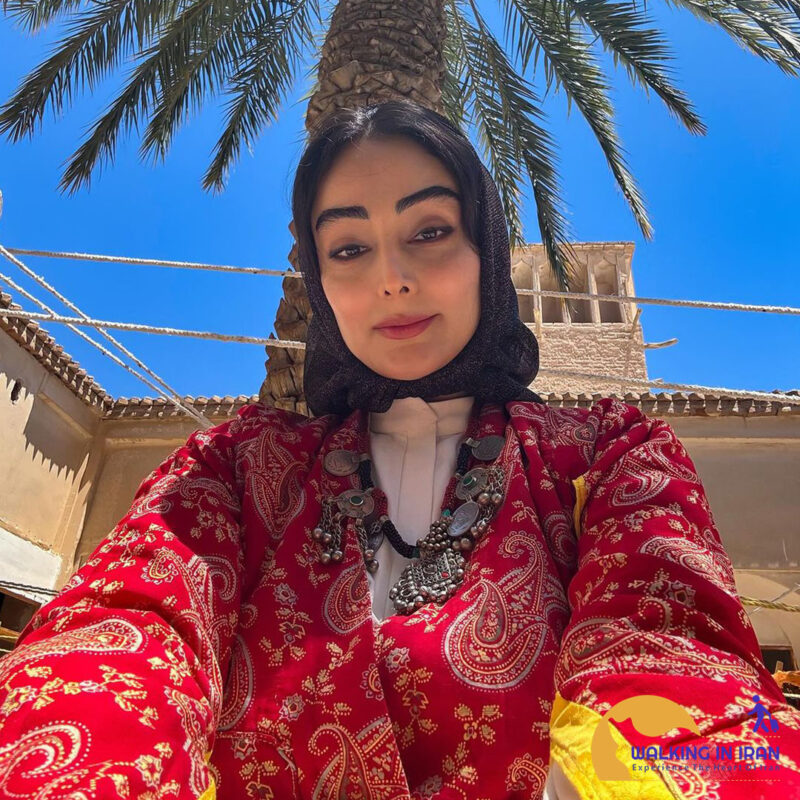Carbus weaving: an ancient and valuable heritage from the land of Persia
Carbus weaving is one of the original and ancient Iranian arts, which is rooted in the rich history and culture of this land. This handmade art, using natural fibers such as cotton, produces a durable and resistant fabric that has had many uses in the past and present.
A fruitful history and deep roots
The roots of carbus weaving go back thousands of years, to the ancient civilizations of Iran. At that time, carbus was one of the main fabrics used in people’s clothing and daily life. With the passage of time and the advancement of technology, the methods of weaving carpets have also changed, but this art still remains as one of the symbols of Iran’s cultural identity.
The unique features of Karbas
Carbus has been of interest for a long time due to its unique properties. Some of the most important features of this fabric are:
High resistance: Carbus is a very resistant and durable fabric that is highly resistant to wear and tear.
Breathability: Due to the use of natural fibers, carbus has high breathability and creates a cool feeling in the hot seasons.
Natural colors: Carbus is usually woven in natural colors such as white, cream and gray, which gives it a natural and beautiful effect.
Hypoallergenic: Because the fibers are natural, carbus is suitable for people with sensitive skin and does not cause allergies.
Various uses of carbus throughout history
Carbus has had various uses throughout history. Among the most important uses of this fabric, the following can be mentioned:
Clothing: for sewing work clothes, traditional clothes, religious robes and even military clothes
Tablecloth and pillowcase: to decorate the house and create a warm and intimate atmosphere
Awning: to create shade in open spaces
Packaging: for packaging different products
Handicrafts: for the production of handicraft products such as bags, shoes and home accessories


